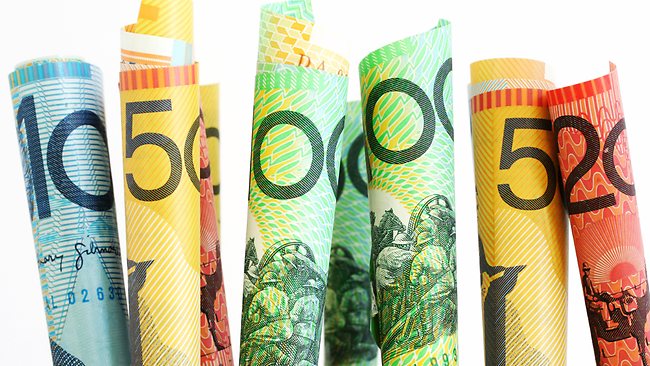Australia’s central bank has joined Asia’s easy money brigade by slashing interest rates to a record low, firing up stocks but sinking the Australian dollar. Will it be enough to save a faltering economy and government, or is a regional currency war in prospect?, asked Anthony Fensom of Pacific Money.
On Tuesday, the Reserve Bank of Australia (RBA) ended its 18-month-long policy of non-intervention by lowering the official cash rate by 0.25 percentage point to 2.25 percent, a move forecast by only seven of 29 economists surveyed by Bloomberg.
The decision placed the RBA in the same regional camp as China, India, Japan, New Zealand and Singapore in easing monetary policy recently, along with notably the European Central Bank, in marked contrast with the US Federal Reserve’s plans to hike rates.
Announcing the decision, RBA Gov. Glenn Stevens said it followed sharp falls in commodity prices including oil, low inflation, rising unemployment and “below-trend” economic growth, with the local currency still “above most estimates of its fundamental value.
“Overall, the bank’s assessment is that output growth will probably remain a little below trend for somewhat longer, and the rate of unemployment peak a little higher, than earlier expected. The economy is likely to be operating with a degree of spare capacity for some time yet,” Stevens said in a statement.
He added: “…Taking into account the flow of recent information and updated forecasts, the [RBA] board judged that, on balance, a further reduction in the cash rate was appropriate. This action is expected to add some further support to demand, so as to foster sustainable growth and inflation outcomes consistent with the target.”
Shares
The RBA’s surprise announcement buoyed Australian shares, helping a 10-day rally that has added A$145 billion to the market’s value, amid forecasts of further interest rate cuts. According to futures trades, there is an 80 percent probability of the official cash rate falling to 1.75 percent by year-end.
“It’s unambiguously positive,” Don Williams, Sydney-based fund manager at Platypus, told Bloomberg News. “With the potential for another rate cut, we have better prospects for returns on equities.”
However, the rate cut also saw the Australian dollar drop to its lowest level against the US dollar since the global financial crisis, at around US$0.76. According to Goldman Sachs, the exchange rate could fall as low as $0.72 by year-end, with tumbling prices of key commodities such as coal and iron ore potentially wiping $388 billion from Australia’s wealth in the coming decade.
“The commodity prices that matter for Australia have fallen faster than even our own bearish expectations,” Goldman Sachs analysts wrote. “This dramatic change to the commodity complex has material and wide-ranging implications for the Australian economy and policymakers.”
The RBA governor and Treasury Secretary John Fraser have reportedly warned the government that even with economic growth of 3 percent a year, the federal budget could remain in deficit through to 2025, unless policy changes occur.
Race to the Bottom?
Australia’s falling exchange rate also poses the risk of a “tit-for-tat” race to the bottom, with a number of major trading partners also seeking a competitive edge through a weaker currency.
Quantitative easing (QE) in the United States helped unleash a flood of capital to emerging markets in Asia and elsewhere as investors sought higher rates of return, putting upward pressure on their exchange rates. However this trend is now reversing rapidly, with Europe, Japan, and other countries including Australia now attempting to spark growth through easy money policies and weak currencies.
According to the Economist, Japan’s moves to weaken the yen have reduced the competitiveness of South Korean and Chinese exports, sparking calls by Korean lawmakers for similar moves and interest rate cuts by China. However, it said “the chances of a fully-fledged Asian currency war are, like those of a military confrontation, much slimmer than alarmists suggest.”
In a November 2014 report, William R. Cline of the Peterson Institute for International Economics said, “…Whether quantitative easing should be seen as beggar-thy-neighbor competitive devaluation depends importantly on whether its primary motive is to revive the domestic economy, and hence demand for international goods, and on whether the government intervenes in the exchange market in an attempt to push the currency down even further.”
While not putting Japan in this category, Cline said both the Eurozone and Japan faced the continued challenge of boosting economic activity in the “prolonged aftermath of the Great Recession.” Emerging markets “face the challenge of sustaining robust growth in an environment in which the industrial country center is managing only mediocre growth and the commodities boom has eased along with the slowing of Chinese growth from exceptionally high levels.”


